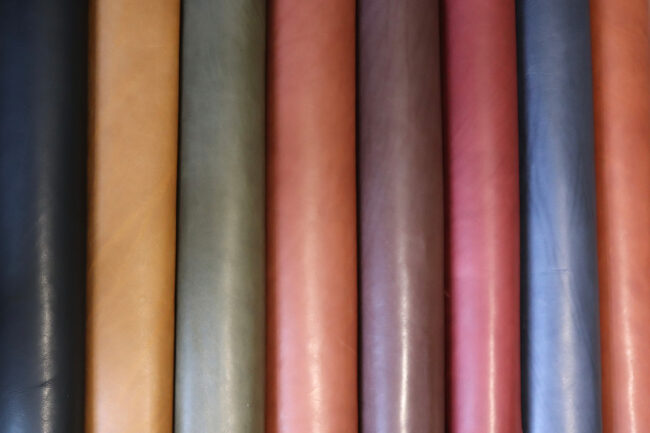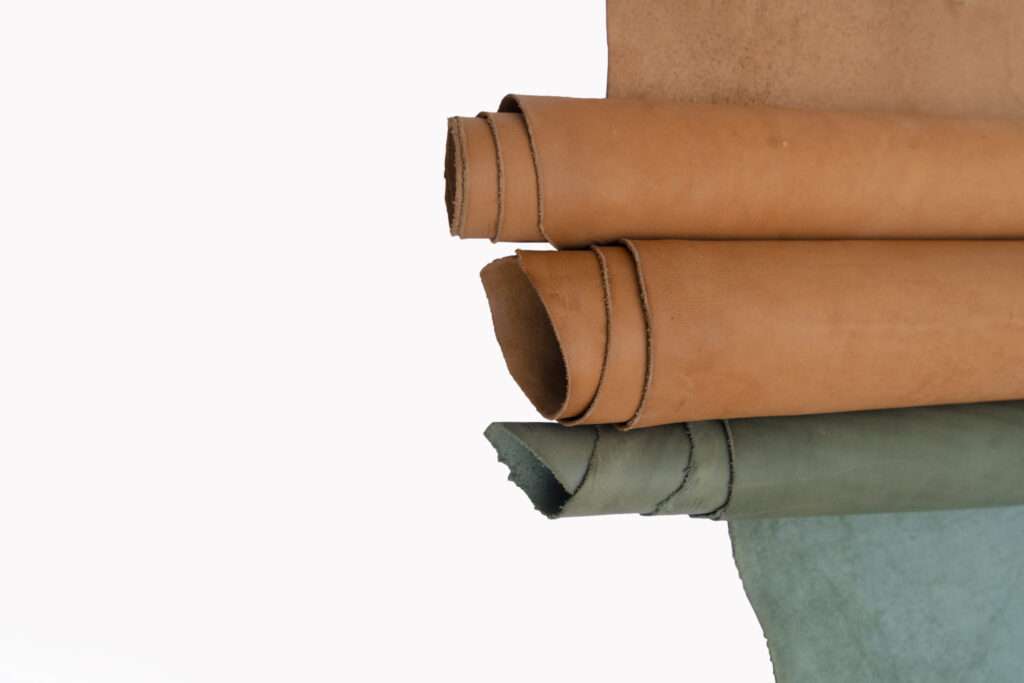Description
Vegetable-tanned leather is a timeless material celebrated for its unique characteristics, environmentally friendly tanning process, and durability. Unlike chrome-tanned leather, which utilizes harmful chemicals, vegetable-tanned leather derives its color and properties from natural tannins found in plant matter, such as tree bark, leaves, and fruits. This traditional method, which has been practiced for centuries, results in a leather that not only showcases beautiful rich hues but also develops a distinctive patina over time, enriching its aesthetic appeal and story with every use.
One of the most significant advantages of vegetable-tanned leather is its sustainability. The use of natural materials in the tanning process makes it a more eco-conscious choice for artisans and consumers alike. The biomechanical breakdown of vegetable-tanned products is less harmful to the environment compared to their chrome-tanned counterparts, which can leach toxic substances into ecosystems. Furthermore, this leather is often biodegradable, allowing for a reduced environmental footprint at the end of its life cycle.
In addition to its environmental benefits, vegetable-tanned leather is highly regarded for its versatility and strength. Artists and craftspeople appreciate its ability to hold shape and maintain its structure, making it an ideal choice for a wide range of products, from belts and wallets to saddles and bags. Its resilience ensures that items made from vegetable-tanned leather can withstand daily wear and tear, ultimately leading to a long-lasting product that can be cherished for years. With its combination of sustainability, durability, and aesthetic charm, vegetable-tanned leather remains a favorite among both artisans and consumers who appreciate craftsmanship and quality.


















